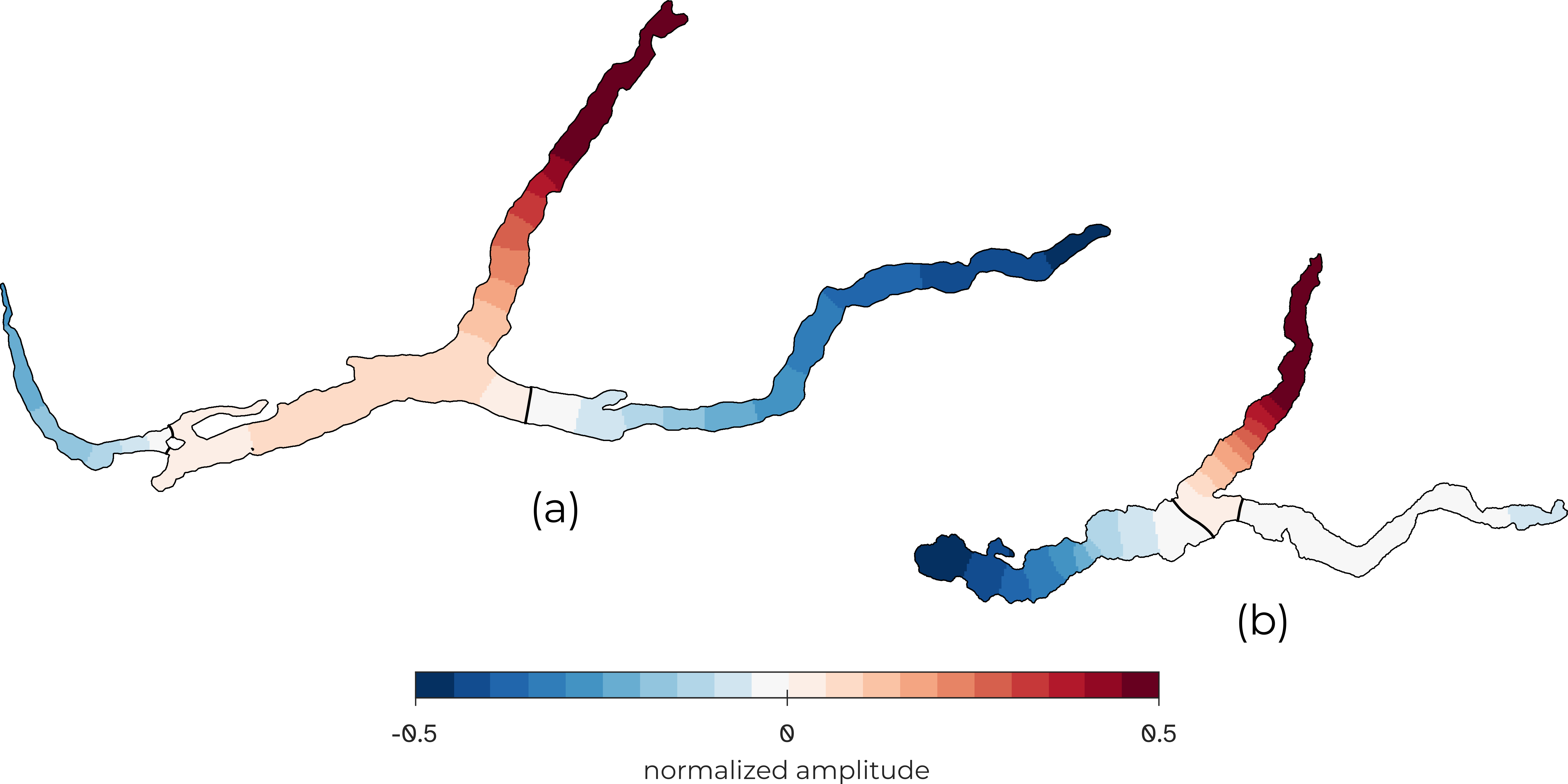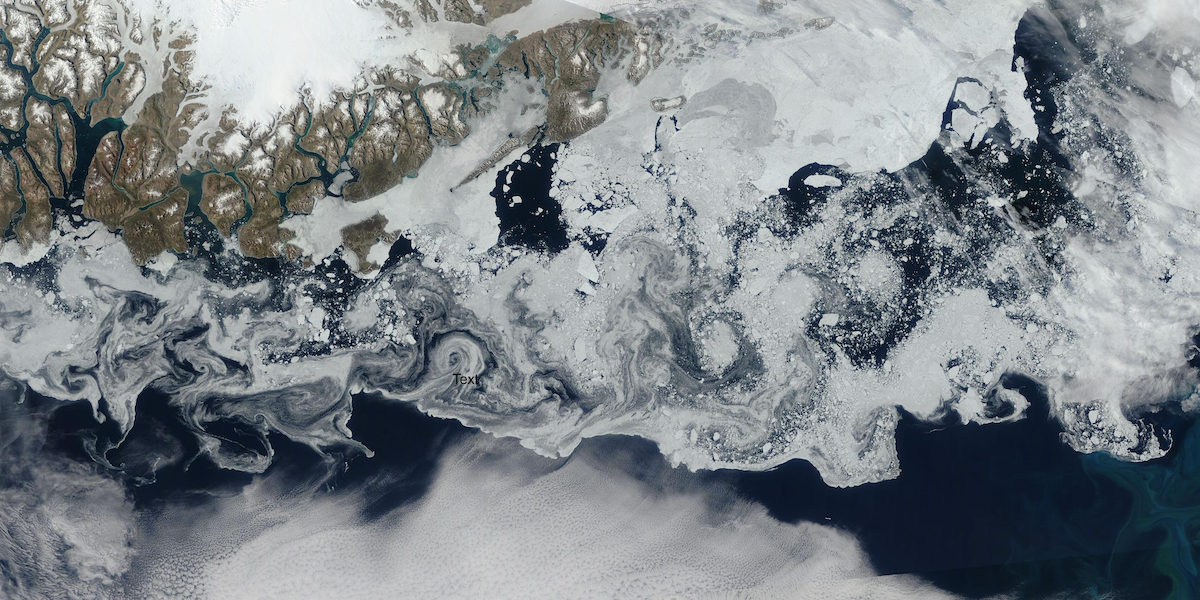My current research focuses on the interactions between sea ice and the upper ocean, using a combination of in situ measurements, hierarchies of idealized models, and coupled Earth system models (ESMs). I aim to understand the physical processes that shape these coupled systems, particularly the mechanisms that govern momentum and heat exchange. This process-level understanding supports the development of parameterization schemes for unresolved processes in lower-resolution ESMs.
Topics of interest
Floe-scale variablility in sea ice-ocean coupling
Within the marginal ice zone (MIZ), sea ice is comprised of a mosaic of individual floes that span a wide range of horizontal scales—from meters to tens of kilometers across.
Inland and coastal waters

My masters degree at the University of British Columbia focused on the study of lakes, and I maintain an interest in research on inland and coastal waters.
Momentum transfer across the atmosphere-ice-ocean interface

In polar oceans, sea ice mediates air-sea exchanges of momentum and energy. While it is easy to think that the sea ice isolates the water column from direct wind forcing, the highly dynamic nature of sea ice makes this a more complex system to understand. This comlexity was the focus of my PhD work, with my dissertation: “The role of sea ice in mediating atmosphere-ice-ocean momentum transfer”.
Arctic mesoscale and submesoscale dynamics

Eddies—swirling currents that can transport heat and freshwater throughout the upper ocean—are ubiquitus in the worlds oceans, including in polar regions. During the the SODA project, we saw that subduction of eddies can trap heat below the surface and transport it deep under the sea ice (MacKinnon et. al., 2021).